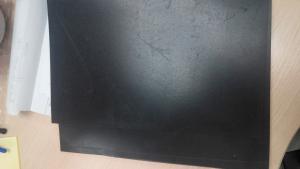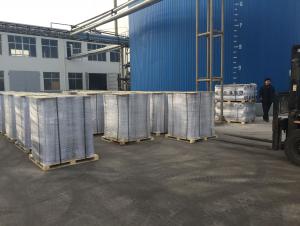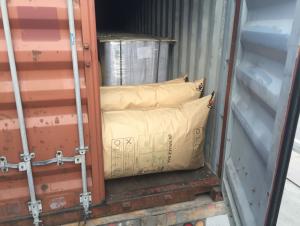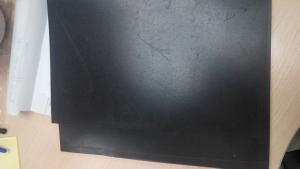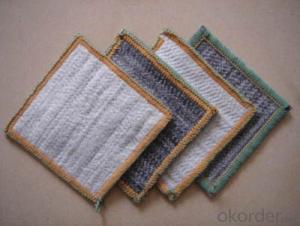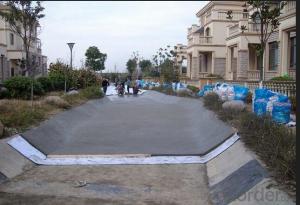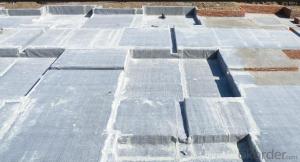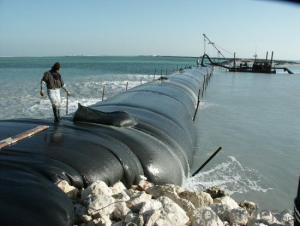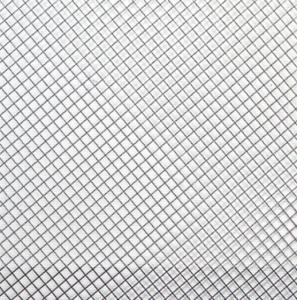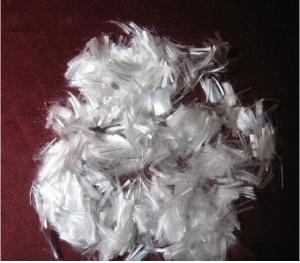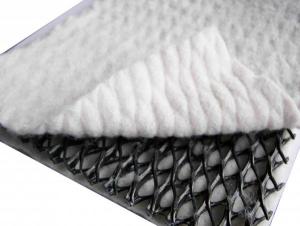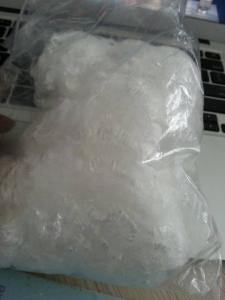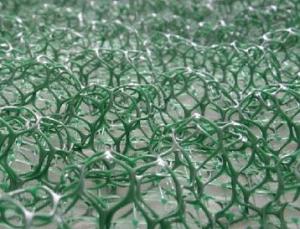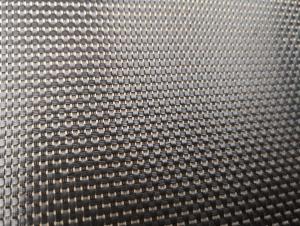EPDM Waterproof Membrane/EPDM Roof Membrane
- Loading Port:
- Qingdao
- Payment Terms:
- TT or LC
- Min Order Qty:
- 1000 m²
- Supply Capability:
- 500000 m²/month
OKorder Service Pledge
OKorder Financial Service
You Might Also Like
Product Introduction of EPDM Waterproof Membrane
EPDM waterproof membrane is of high elasticity with best performance among high polymer waterproof material it’s made of ternary ethylene-pro-pylene rubber.
We owe the world-advanced equipment of cold feeding extrusion and continuous vulcanization technology. With the best performance among high polymer waterproof materials, EPDM is of exceptional elasticity and will not split or cracked under normal building movement.
Specification of EPDM Waterproof Membrane
Type | EPDM Rubber Waterproof Membrane | ||
Type | Vulcanized and Weldable | ||
Thickness | 1.2mm | 1.5mm | 2.0mm |
Weight(kg/m2) | 1.54-1.58 | 1.79-1.83 | 2.25-2.29 |
Size | 1.2m (width) * 20m (length)/roll. Weldable type could be 4m wide. | ||
Packing | 24㎡/roll, with plastic bag. (Weldable: 80㎡/roll) | ||
Usage | Roof, basement, pond, Lake, steel structure roofing, underground, tunnel, etc | ||
Technical Data Sheet of EPDM Waterproof Membrane
NO. | Item | Unit | Technical requirement | |
1 | Tolerance on size | Thickness | % | ±10 |
Width | % | ±1 | ||
length | % | Does not allow negative | ||
2 | Fracture tensile strength (normal temperature ) | Mpa | ≥7.5 | |
Fracture tensile strength(60 ℃) | Mpa | ≥2.3 | ||
3 | Breaking elongation,(normal temperature ) | % | ≥450 | |
Breaking elongation,(-20 ℃) | % | ≥200 | ||
4 | Tearing resistance | KN/m | ≥25 | |
5 | Impermeability | * | 0.3Mpa impermeable | |
6 | Bending at low temperature | °C | ≤-40 | |
7 | Elongation and contraction volume at heating | Elongation | mm | ≤2 |
contraction | mm | ≤4 | ||
8 | Hot air aging 80°CX168h | Fracture strength retention | % | ≥80 |
Rate of elongation at break | % | ≥70 | ||
9 | Alkaline (saturated Ca(OH)2 solution normal Temperature x2 168h ) | Fracture strength retention | % | ≥80 |
Rate of elongation at break | % | ≥80 | ||
10 | Ozone aging (40 degree by 168 hours ) | Elongation 40% , 500x10-2 | * | No Crack |
11 | Phytotron aging | Fracture strength retention | % | ≥80 |
Rate of elongation at break | % | ≥70 | ||
Application of EPDM Waterproof Membrane
1)Roof, Basements, Tunnels
2)Industrial and civil building waterproofing
3)Geosynthetic liner for fish ponds, swimming pools, channels, irrigation system.
Especially suitable for projects with high requirement in durability, anti-corrosion and deformation
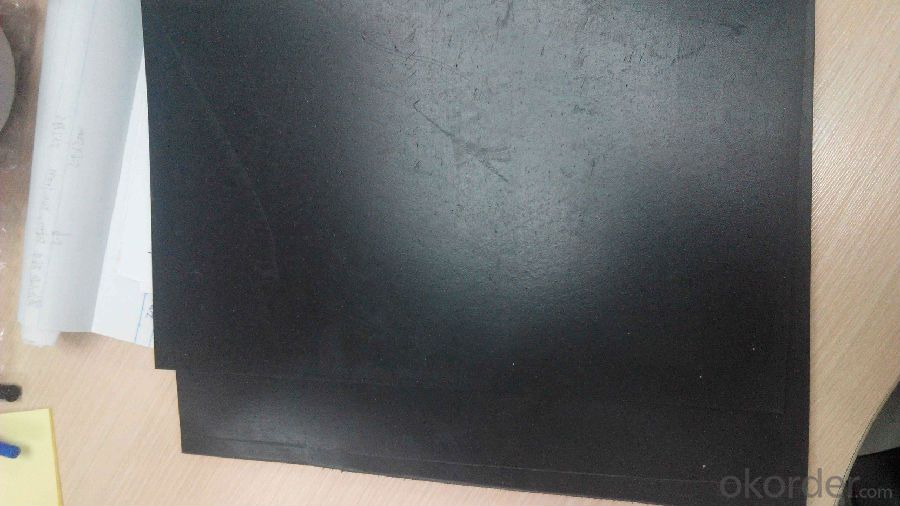
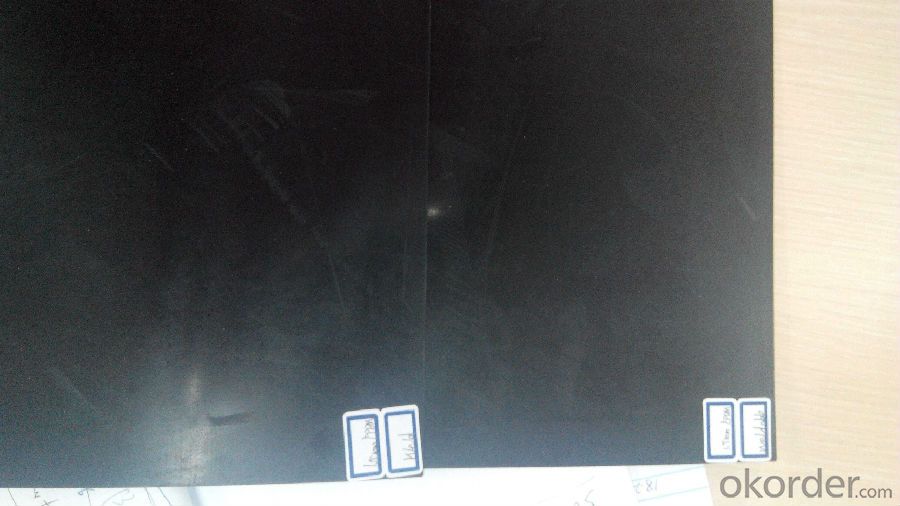


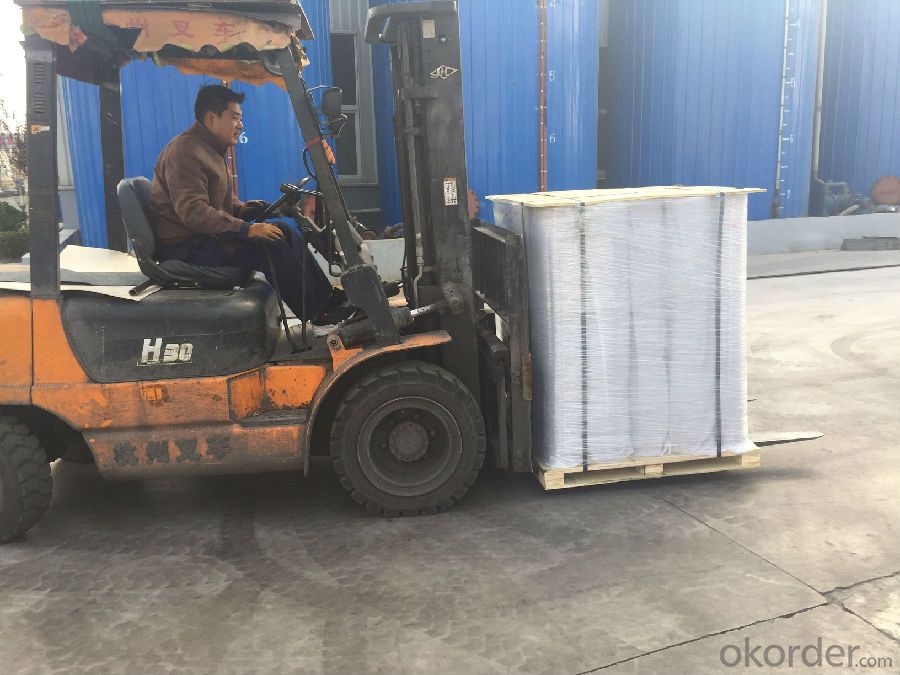
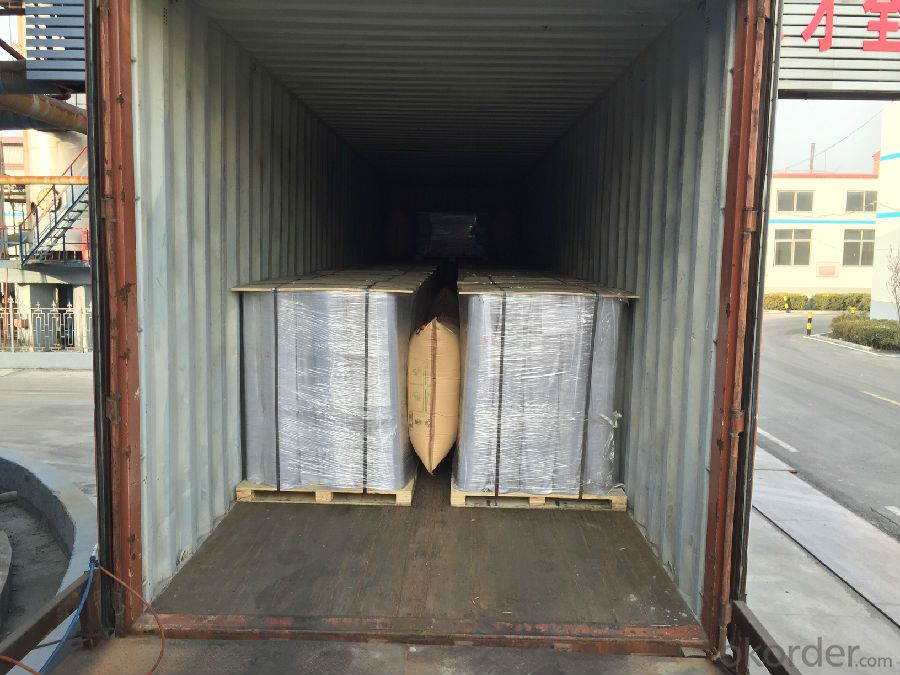
- Q:How do geosynthetic products contribute to soil erosion prevention in recreational areas?
- Geosynthetic products, such as geotextiles and geogrids, play a crucial role in preventing soil erosion in recreational areas. These products are designed to provide reinforcement and stabilization to the soil, preventing it from being washed away by water or wind. They are commonly used in the construction of retaining walls, slope stabilization, and erosion control measures like terracing. By effectively containing the soil and reinforcing its structure, geosynthetic products minimize soil erosion and ensure the longevity and safety of recreational areas.
- Q:How do earthwork products contribute to groundwater management?
- Earthwork products, such as permeable pavers, retention ponds, and bioswales, play a vital role in groundwater management. These products help to control and mitigate stormwater runoff, allowing it to infiltrate into the ground, replenishing groundwater sources. By slowing down the flow of water and promoting infiltration, earthwork products help reduce the risk of flooding and erosion, while also improving water quality by filtering out pollutants. Overall, these products contribute to sustainable groundwater management by enhancing groundwater recharge and fostering a healthier water cycle.
- Q:Civil engineering commonly used materials which four kinds
- Mainly steel, cement, stones, sand
- Q:What are the different applications of geonets in stormwater detention systems?
- Geonets have various applications in stormwater detention systems, including providing structural support, promoting water infiltration, and preventing soil erosion. They can be used as a base material to reinforce and stabilize the ground, ensuring the stability and longevity of the stormwater detention system. Additionally, geonets enhance water drainage and infiltration, allowing excess stormwater to be absorbed into the ground instead of causing flooding or overwhelming the system. Furthermore, geonets act as a barrier against soil erosion, preventing soil particles from washing away and maintaining the integrity of the stormwater detention system. Overall, geonets play a vital role in improving the performance and efficiency of stormwater detention systems.
- Q:How do geogrids aid in reinforcement of retaining walls in earthwork projects?
- Geogrids aid in the reinforcement of retaining walls in earthwork projects by providing additional strength and stability to the structure. These synthetic materials are typically made from high-strength polymers and are placed within the soil layers during construction. By interlocking with the soil particles, geogrids enhance the overall tensile strength of the wall, preventing soil movement and potential failure. This reinforcement mechanism allows for the construction of taller and more stable retaining walls, ensuring the long-term integrity and safety of the earthwork project.
- Q:What is the relationship between the development of civil engineering and the material and the theory? What is the relationship with the needs of society?
- Social needs, such as the Qinghai-Tibet Railway Project, China's Great Wall; China's National Palace Museum, and so on
- Q:Can earthwork products be used for constructing retaining ponds?
- Yes, earthwork products can be used for constructing retaining ponds. Earthwork products such as geotextiles, geosynthetics, and geomembranes are commonly used in retaining pond construction to provide stability, erosion control, and water containment. These materials help to prevent soil erosion, promote proper drainage, and ensure the integrity of the pond structure.
- Q:Are earthwork products suitable for water drainage systems?
- Yes, earthwork products are suitable for water drainage systems. They are commonly used for constructing various components of drainage systems such as trenches, culverts, and ditches. These products, which include materials like gravel, sand, and soil, provide effective filtration and absorption of water, preventing flooding and excess moisture buildup. Additionally, earthwork products can be shaped and compacted to create proper gradients and slopes, ensuring efficient water flow and drainage within the system.
- Q:Are earthwork products suitable for use in wetland restoration?
- Yes, earthwork products can be suitable for use in wetland restoration. They can be used to reshape and contour the land, create water channels, and construct berms or levees to control water flow. Additionally, earthwork materials like soil and gravel can help enhance the habitat quality and promote the growth of wetland vegetation. However, it is crucial to ensure that the earthwork products used are compatible with the specific wetland ecosystem and do not introduce harmful contaminants or disrupt the natural hydrology of the area. Proper planning and consultation with wetland experts are essential to ensure the successful use of earthwork products in wetland restoration projects.
- Q:Are earthwork products resistant to chemicals and pollutants?
- Yes, earthwork products are generally resistant to chemicals and pollutants. They are commonly made from natural materials such as clay, soil, and rocks, which have inherent properties that make them less susceptible to chemical reactions or degradation caused by pollutants. However, the specific resistance may vary depending on the type of earthwork product and the specific chemicals or pollutants involved.
1. Manufacturer Overview |
|
|---|---|
| Location | |
| Year Established | |
| Annual Output Value | |
| Main Markets | |
| Company Certifications | |
2. Manufacturer Certificates |
|
|---|---|
| a) Certification Name | |
| Range | |
| Reference | |
| Validity Period | |
3. Manufacturer Capability |
|
|---|---|
| a)Trade Capacity | |
| Nearest Port | |
| Export Percentage | |
| No.of Employees in Trade Department | |
| Language Spoken: | |
| b)Factory Information | |
| Factory Size: | |
| No. of Production Lines | |
| Contract Manufacturing | |
| Product Price Range | |
Send your message to us
EPDM Waterproof Membrane/EPDM Roof Membrane
- Loading Port:
- Qingdao
- Payment Terms:
- TT or LC
- Min Order Qty:
- 1000 m²
- Supply Capability:
- 500000 m²/month
OKorder Service Pledge
OKorder Financial Service
Similar products
New products
Hot products
Hot Searches
Related keywords
